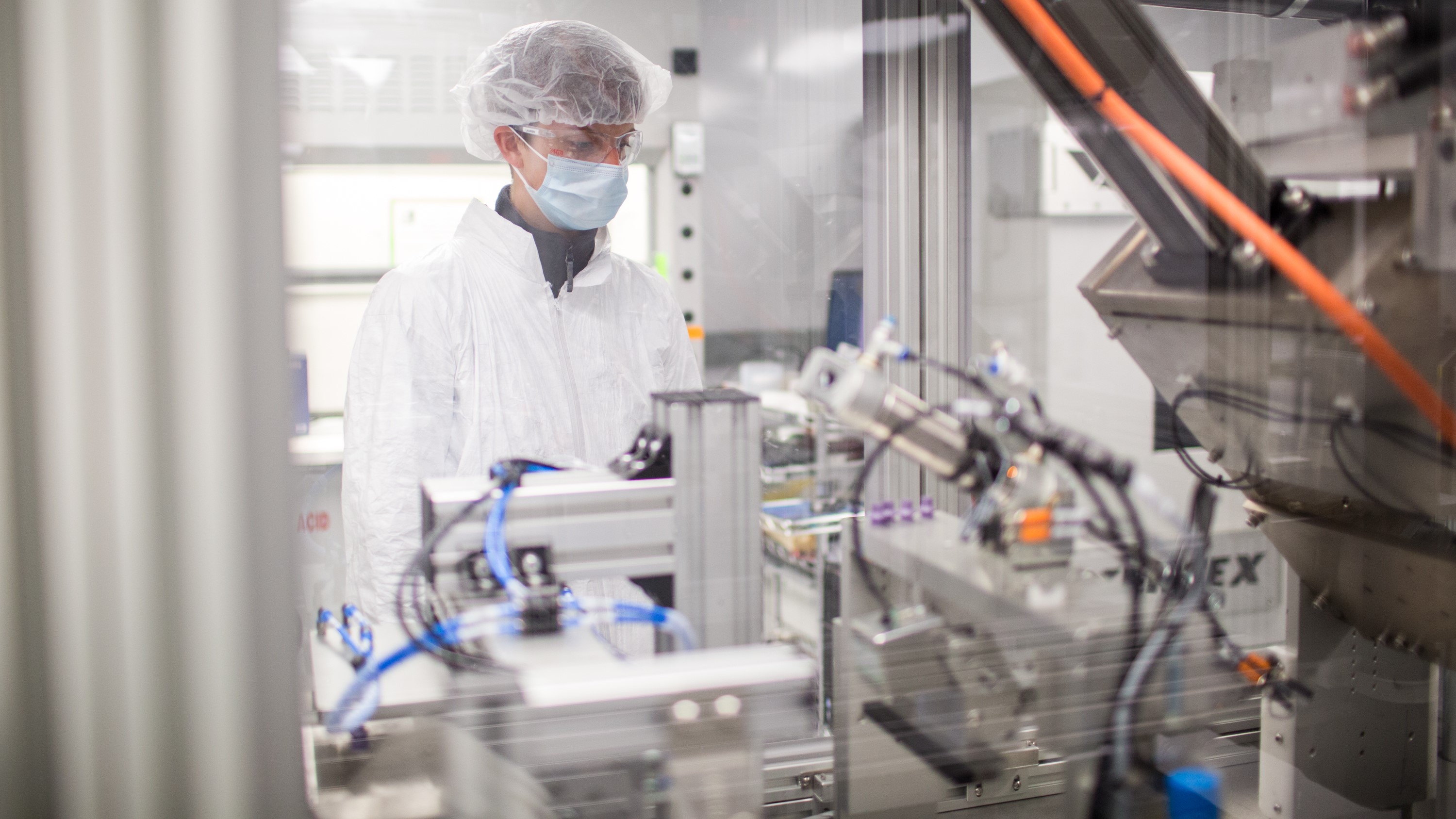Due to the high energy density of lithium-ion batteries, the low thermal stability of the positive and negative materials, and the flammable organic electrolyte electrolyte, lithium-ion batteries may have serious safety problems under certain conditions, such as high temperatures or even It caught fire and exploded. There are many reasons for the safety problems of lithium-ion batteries, such as mechanical damage, environmental damage, electrical damage, and their own instability. Regardless of the cause of the safety problems of lithium-ion batteries, the safety accidents that lithium-ion batteries ultimately exhibit are accompanied by internal and external short-circuits leading to a sharp rise in temperature or even fire and explosion, that is, the problem of thermal runaway of lithium-ion batteries.
With the large-scale application of lithium-ion batteries in the field of electric vehicles and energy storage, the battery modules used in electric vehicles are usually very large. If heat cannot be discharged to the outside of the battery module in time due to design reasons or cooling system failure, one or more single cells inside the module will form heat accumulation. If the temperature of the battery eventually reaches the thermal runaway temperature, the battery may leak or burn, or even cause the battery to burst. The large-scale runaway phenomenon of the entire battery system caused by the thermal runaway of lithium-ion batteries is the expansion of thermal runaway of lithium-ion batteries. For large-capacity, high-power large-scale lithium-ion battery modules, safety issues are even more prominent. Because thermal runaway expansion occurs on large lithium-ion battery modules, it is very difficult to extinguish a fire, which often causes casualties and large economic losses, and the impact is very large.
According to the test results, the specific heat capacity of the ternary lithium ion battery and the lithium iron phosphate lithium ion battery used are basically the same. In the thermal runaway extended test, after the ternary lithium-ion battery module triggered a thermal runaway of one battery, the remaining batteries experienced thermal runaway in turn, and showed a certain regularity in the development of thermal runaway; lithium iron phosphate The thermal runaway expansion of the ion battery module failed to occur. After triggering a thermal runaway of one battery, the remaining batteries did not subsequently experience thermal runaway. After 3 hours of continuous heating, thermal runaway did not occur. The ternary lithium ion battery catches fire and burns violently when the heat is out of control, and the energy released is higher than that of the lithium iron phosphate lithium ion battery.
Post time: Oct-11-2021






